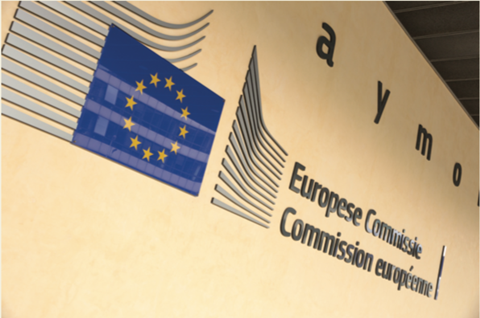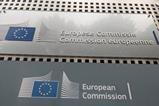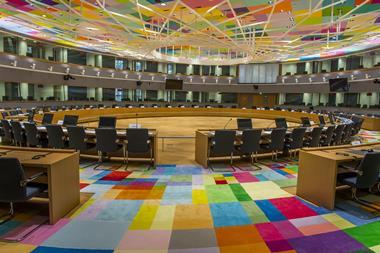The European Commission has been urged to make its new European Union Green Bond Standard (EU GBS) mandatory and strengthen the rules for underlying assets.
A report published today by a group of NGOs said that EU lawmakers should “foster the standardisation of robust and transparent green bonds and reduce the risk of greenwashing” by introducing stricter expectations for the asset class, which has become one of the most popular tools for investors and companies wanting to demonstrate their sustainability credentials.
The NGOs’ report coincides with the EU financial markets watchdog, ESMA, today launching a consultation on rules for external reviewers of EU green bonds, a key feature of the GBS regulation. The supervisory authority is aiming to submit draft rules to the Commission by 21 December at the latest.
The GBS was one of the first legislative initiatives undertaken by the Commission as part of its original sustainable finance action plan. It promised to create a ‘gold standard’ for the booming market, which is currently largely self-governed.
Adopted in 2023, the label can be voluntarily used by issuers wanting to adhere to best practice. At least 85% of the underlying assets in a GBS-labelled bond must be aligned with the EU’s green taxonomy. Currently, very few assets qualify for alignment under the framework – partly because, even once an economic activity has met technical criteria in order to be eligible, it must then pass broader social and environmental screens to be fully aligned.
The Commission has until the end of 2026 to publish a report about whether it needs to create similar regulation for sustainability-linked bonds, which have become a popular financial instrument since the original proposal on green bonds in 2019.
In today’s report, ShareAction, E3G and WWF recommended that “policymakers should seize this opportunity” to also update the EU GBS.
This should include raising the taxonomy-alignment rules from 85% to 100%, in line with the original proposals from the European Commission and Parliament, which were watered down during the political negotiations.
The NGOs also proposed that the Commission should “assess how the standard should gradually become mandatory”.

EC defiant over transition rules gap views
Their report outlines numerous other sustainable finance recommendations for the next Commission, which will be appointed after the European elections this summer.
“In the past years, the EU has emphasised promoting investments in sustainable economic activities (“green finance”), but has made limited efforts to encourage investments in economic activities that focus on become sustainable, i.e. the transition,” the report authors complained, adding that the “current legal framework provides insufficient clarity and incentives for the financial sector to be able to structurally contribute to the transition to more sustainable economic activities”.
It wants the Commission to streamline its requirements for climate transition plans into a single rule, rather than the various expectations currently being developed under different pieces of legislation.
In a statement to IPE, a Commission spokesperson pushed back on the claim that the EU has so far neglected transition-related rules and activities.
“The EU sustainable finance framework provides clear and consistent standards for companies and financial institutions to communicate on their current and future environmental performance, define transition plans and support the flow of private finance towards sustainable and transition investments,” he said, pointing to the requirement for entities to explain how green their capital expenditure is, which the Commission believes can be a sign of the future trajectory of a company rather than its existing performance.
Last year, the EU published recommendations on how the current regulatory framework can be used to promote the climate transition, in a bid to explain why it did not want to introduce further laws in the area.
In January, the EU’s advisory body published a study on market activity so far, which the spokesperson said “provides ample illustrations of the ways market participants are making use of the EU sustainable finance framework to design transition strategies and articulate financing solutions”.
Looking for IPE’s latest magazine? Read the digital edition here








































No comments yet